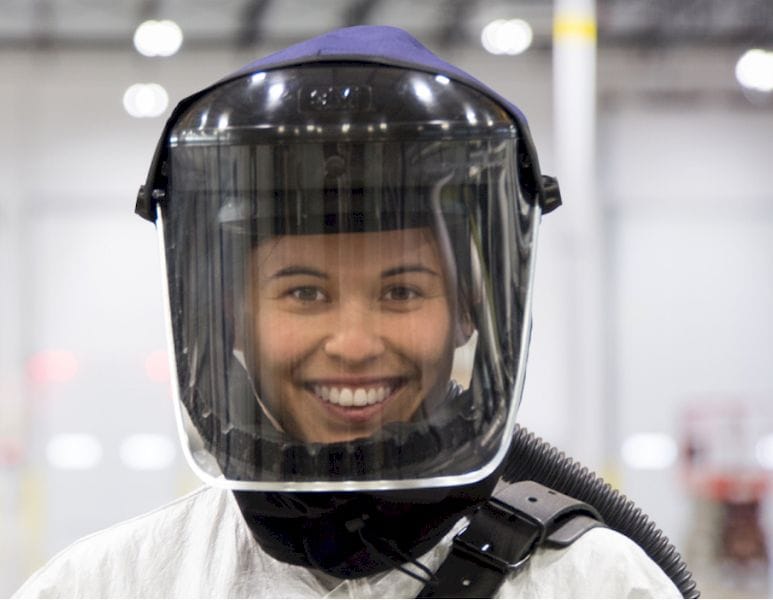
I’m reading a fascinating post from GE on their experience with 3D metal printing, but it occurs to me a change must be made.
The report follows the career of Kassy Hart, one of their lead additive manufacturing engineers at GE Power, who produce a wide variety of solutions for power generation and management.
The gist of the story is that through experiments, Hart was able to successfully a strangely named metal probe. The idea is that an iterative process led to the success.
I agree that this is indeed what should be done. New things are discovered through exploration; nothing new happens if you keep doing the same old things.
But let’s review what happened in this case. GE says:
Hart succeeded in printing her probe, a device called a super-rake, which gathers data during engine tests. But it ran right up to the edge of the printer’s build space — a high-tech “sandbox” holding the powder — giving her little wiggle room to remove it when it was finished. “It took technicians more than an hour of finagling it — cursing me the entire time,” she says ruefully.
Forgetting to leave room for retrieval wasn’t Hart’s only rookie mistake. Another time, she printed over the bolt securing the support plate under a part. When it came time to remove the piece, the team could barely access the bolt to get it out of the printer.
These are indeed the kind of mistakes everyone makes when first using 3D printing. This, I know personally.
But then I realized that perhaps these mistakes might not be necessary, at least in the workplace.
Consider how things might be if 3D printing and 3D modeling were taught and regularly used in modern educational programs. Imagine a world where students have all produced dozens of objects using digital manufacturing approaches employing 3D printing.
These students would indeed make the same mistakes. But they’d make them in school, not at the workplace.
And thus manufacturing and engineering workplaces would become more efficient and productive. If the future involves making complex objects using modern equipment, then why shouldn’t we be training students to not necessarily use those specific machines, but gain the experience to comprehend their use in a general sense?
If Hart had gone through an educational system that did more in 3D printing, then perhaps she and others may not make those “rookie mistakes” on the job.
Let’s prepare our youth for the future.
Via GE

